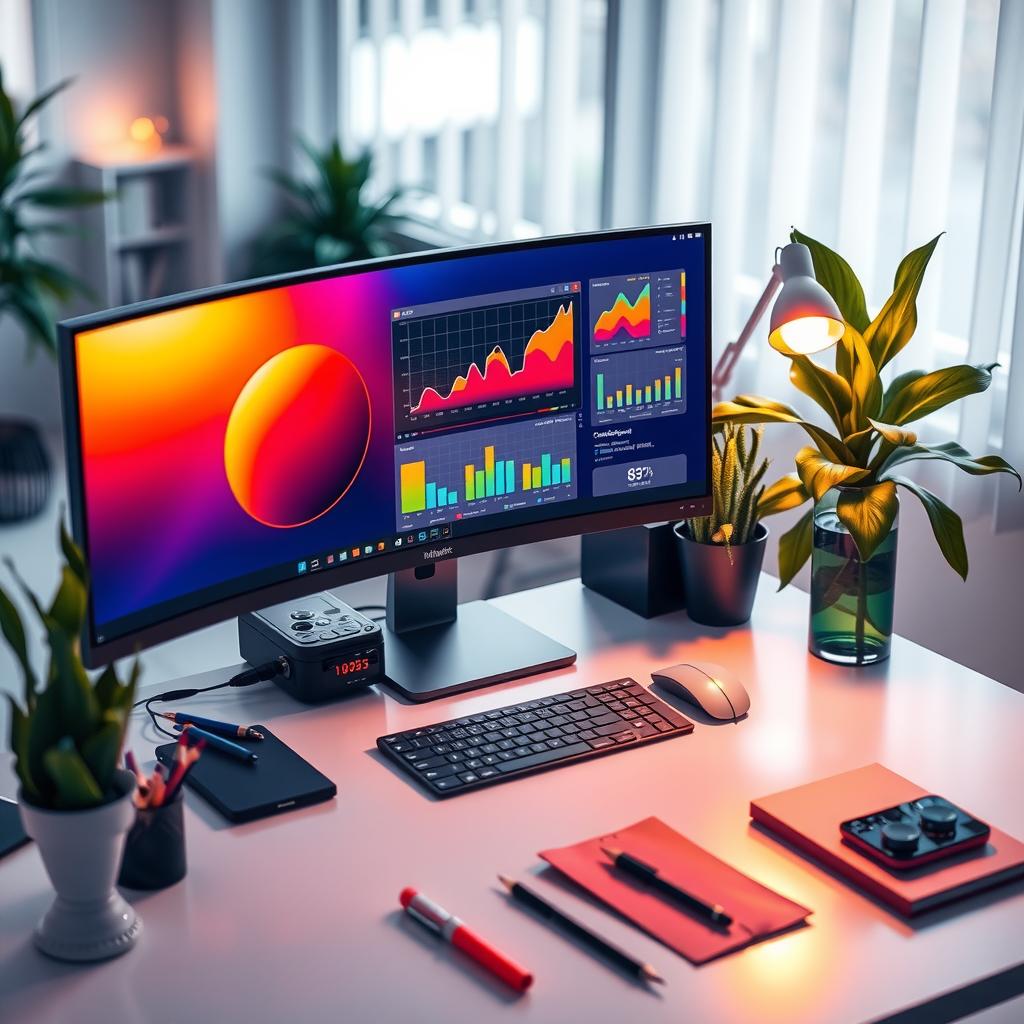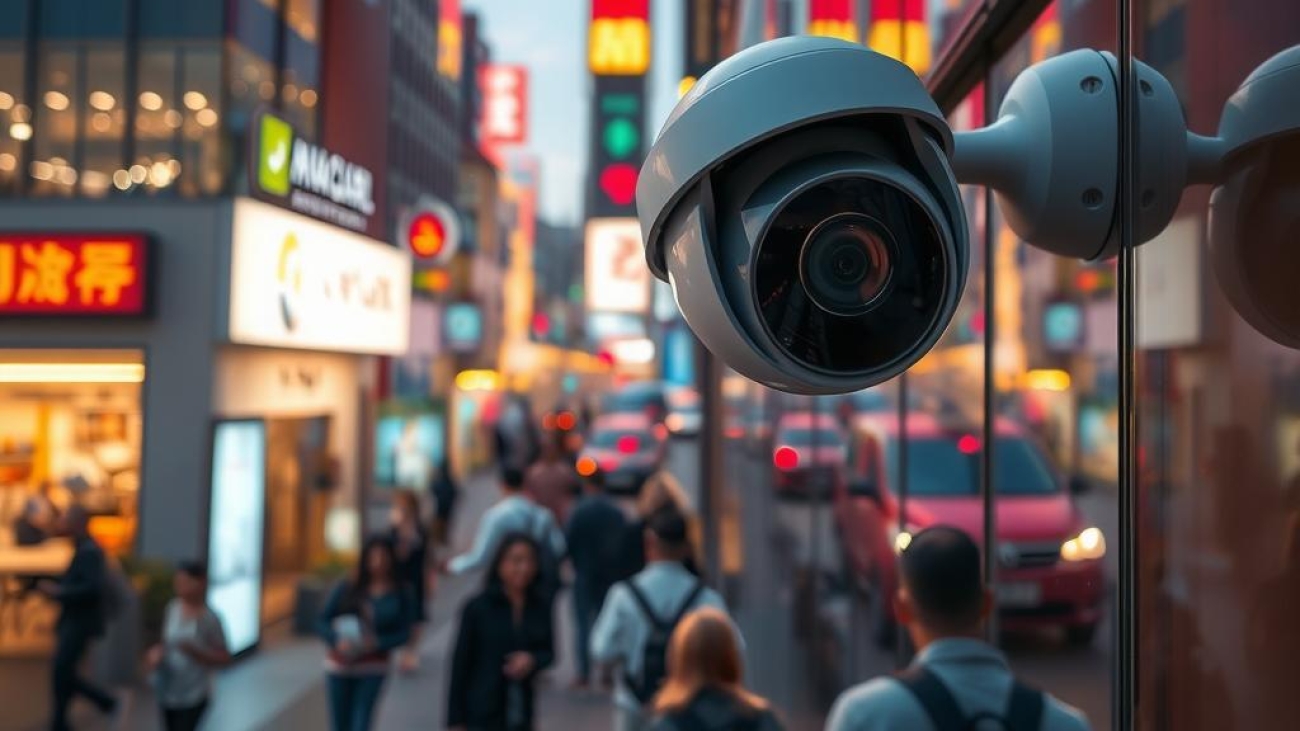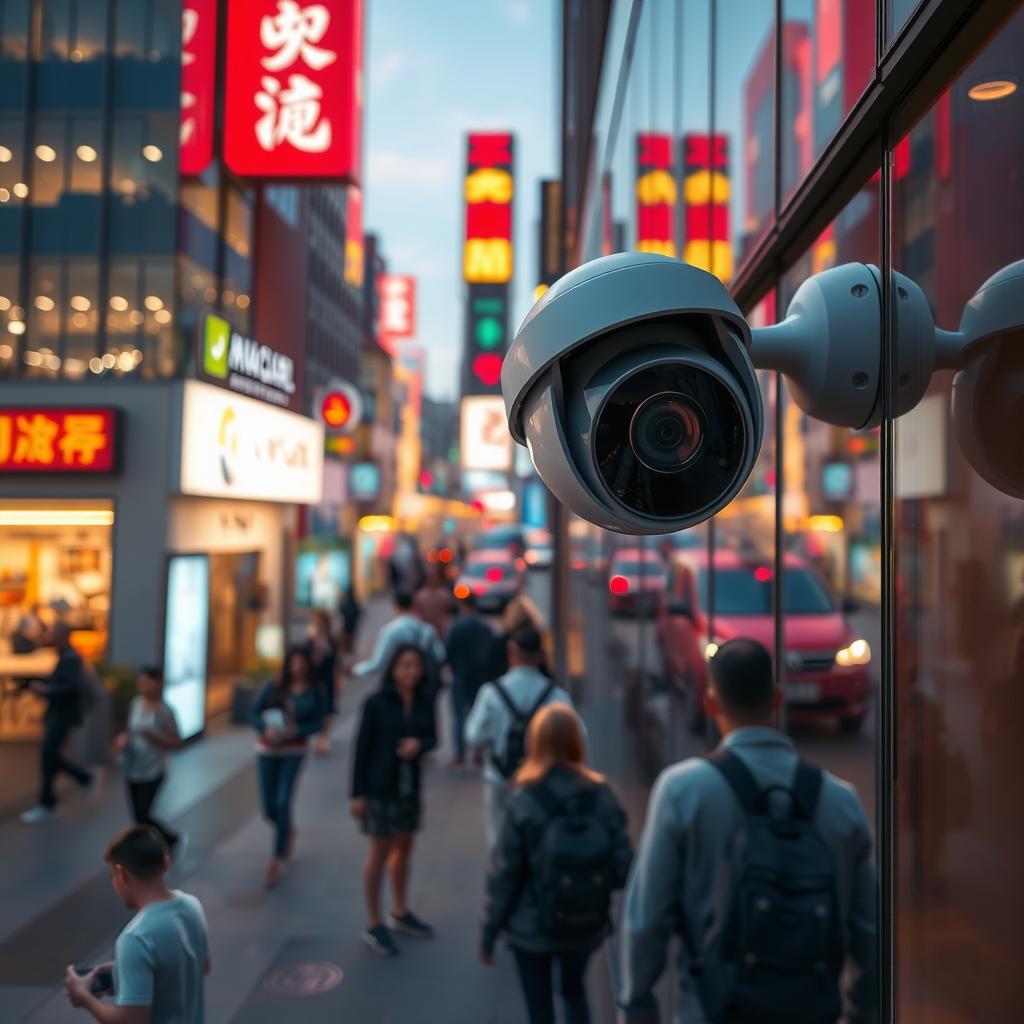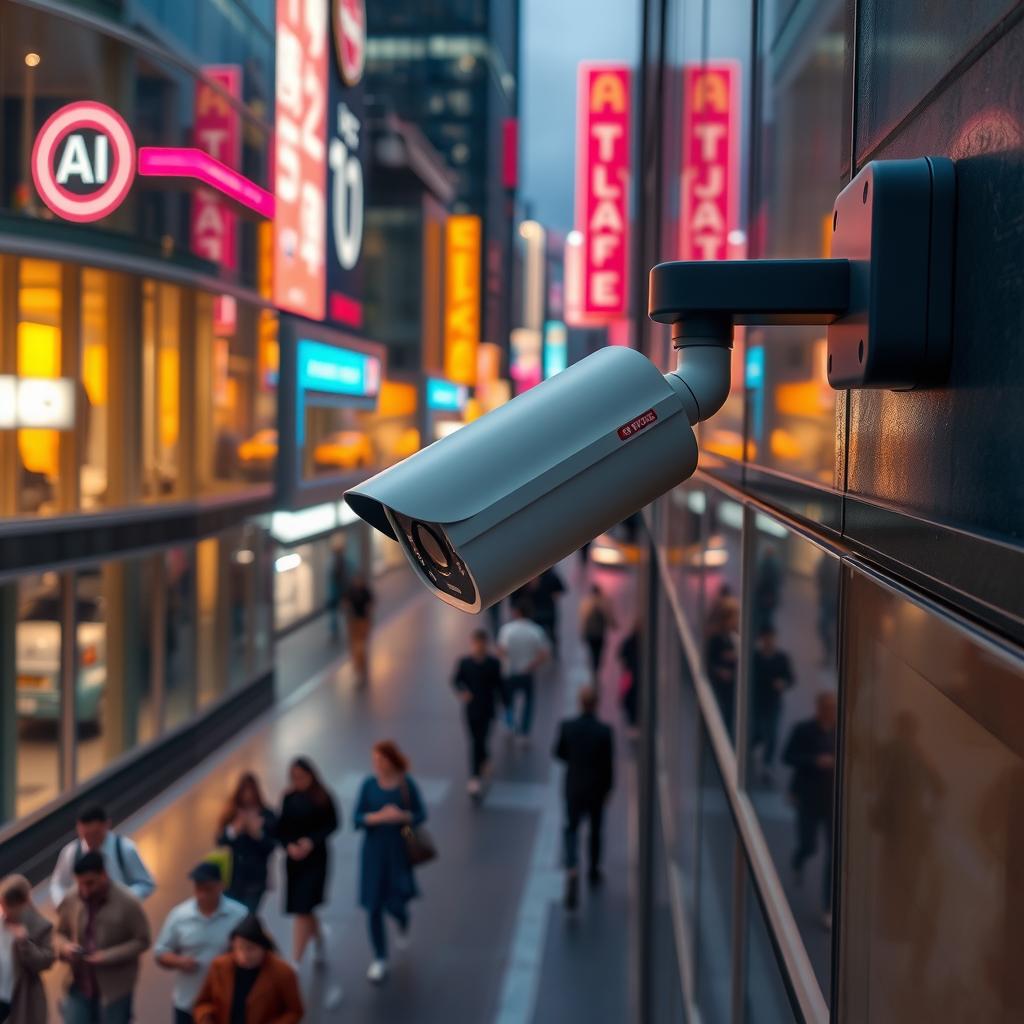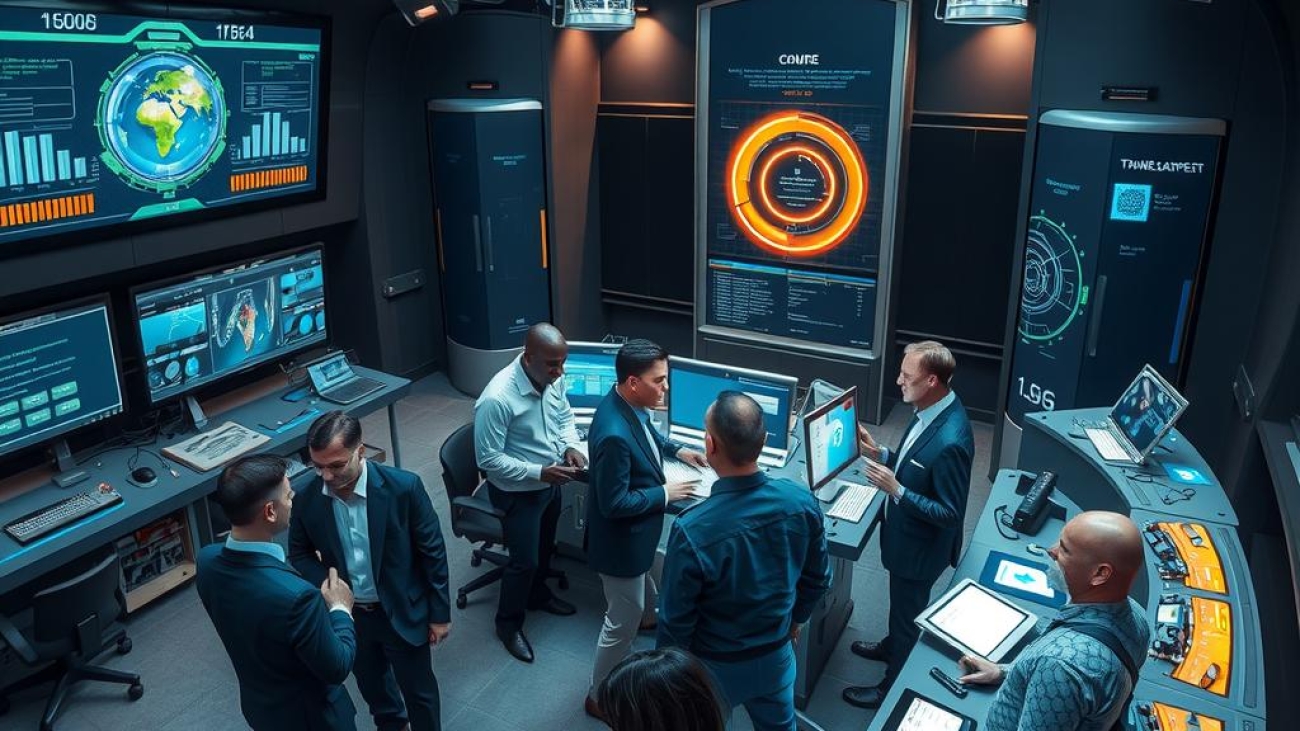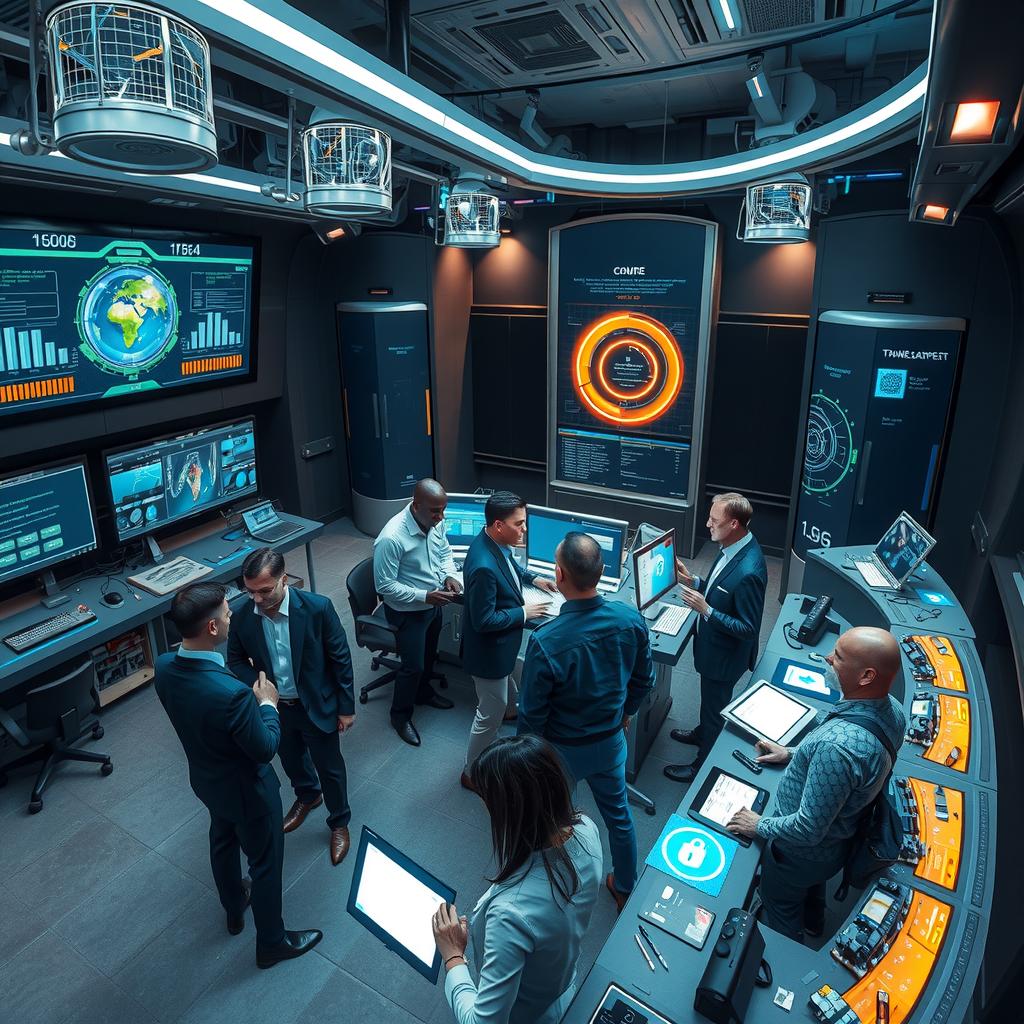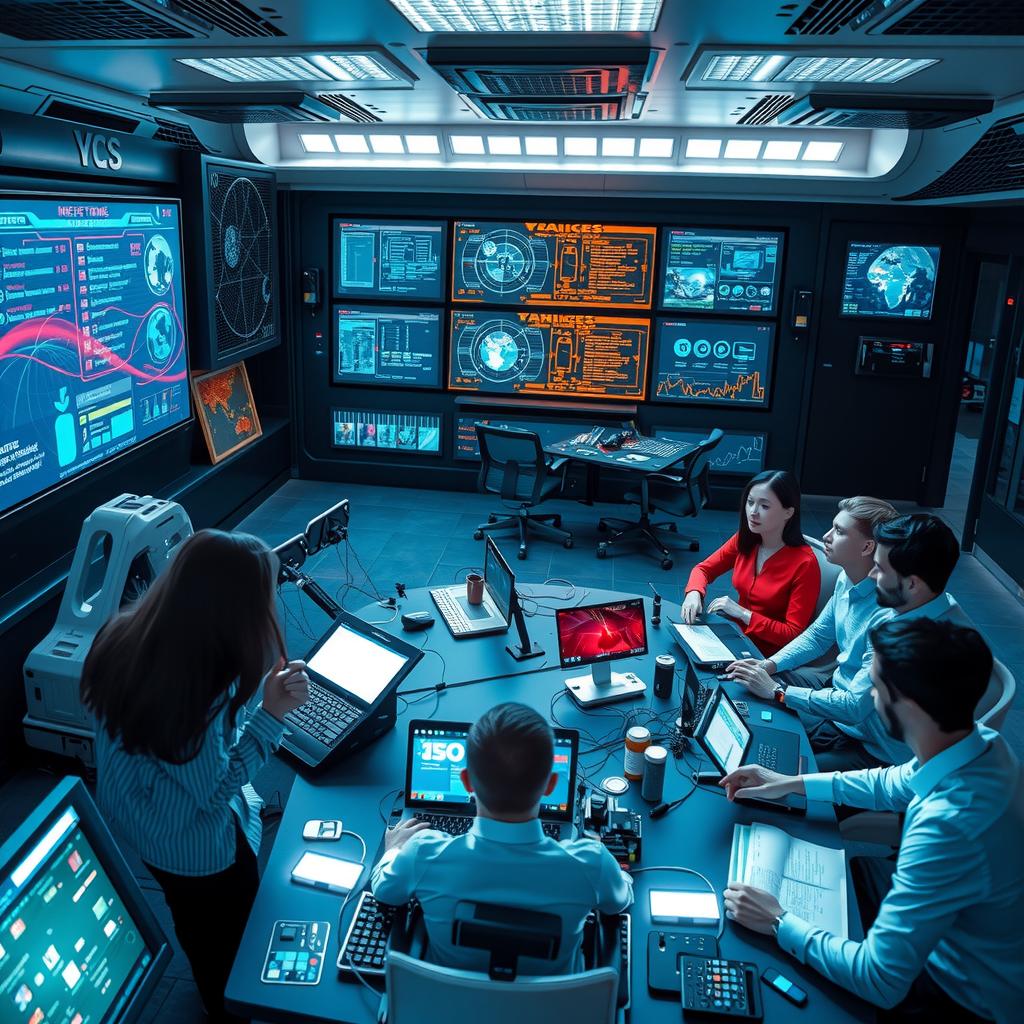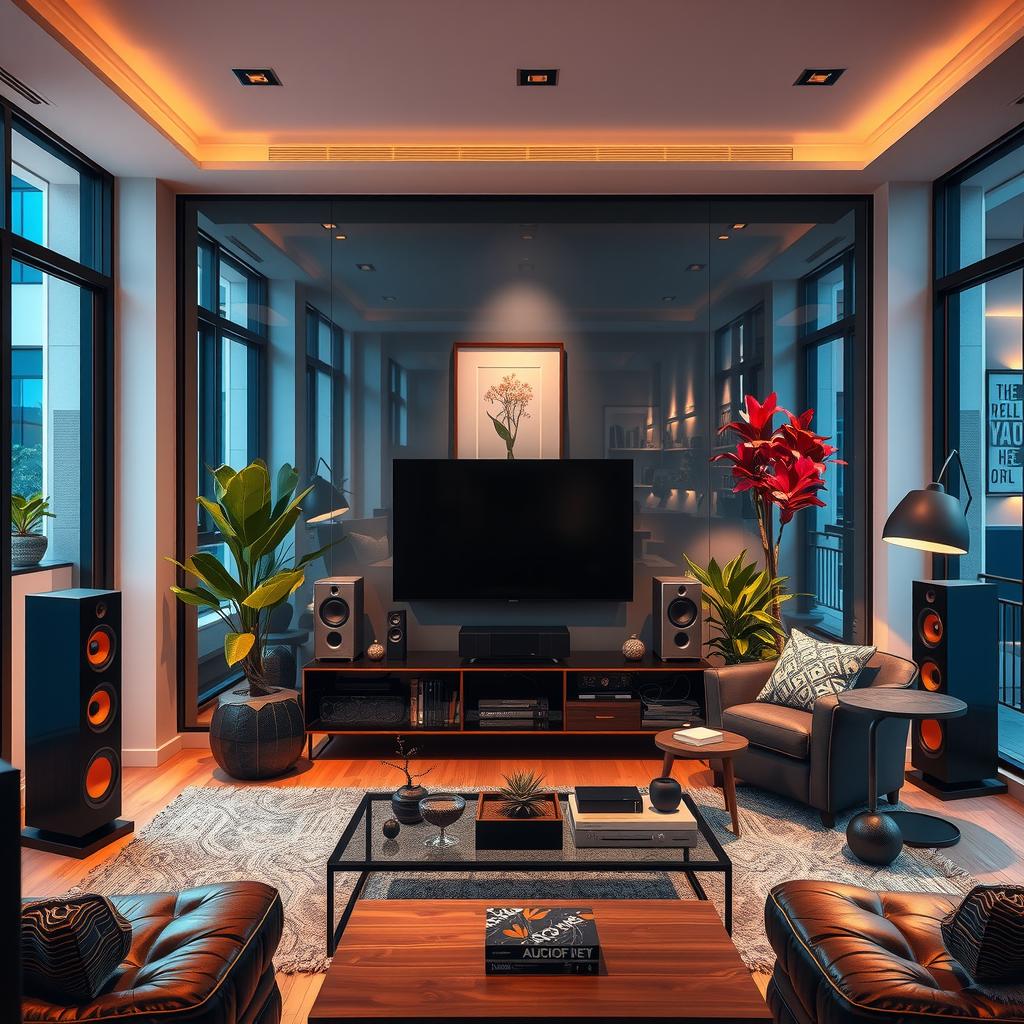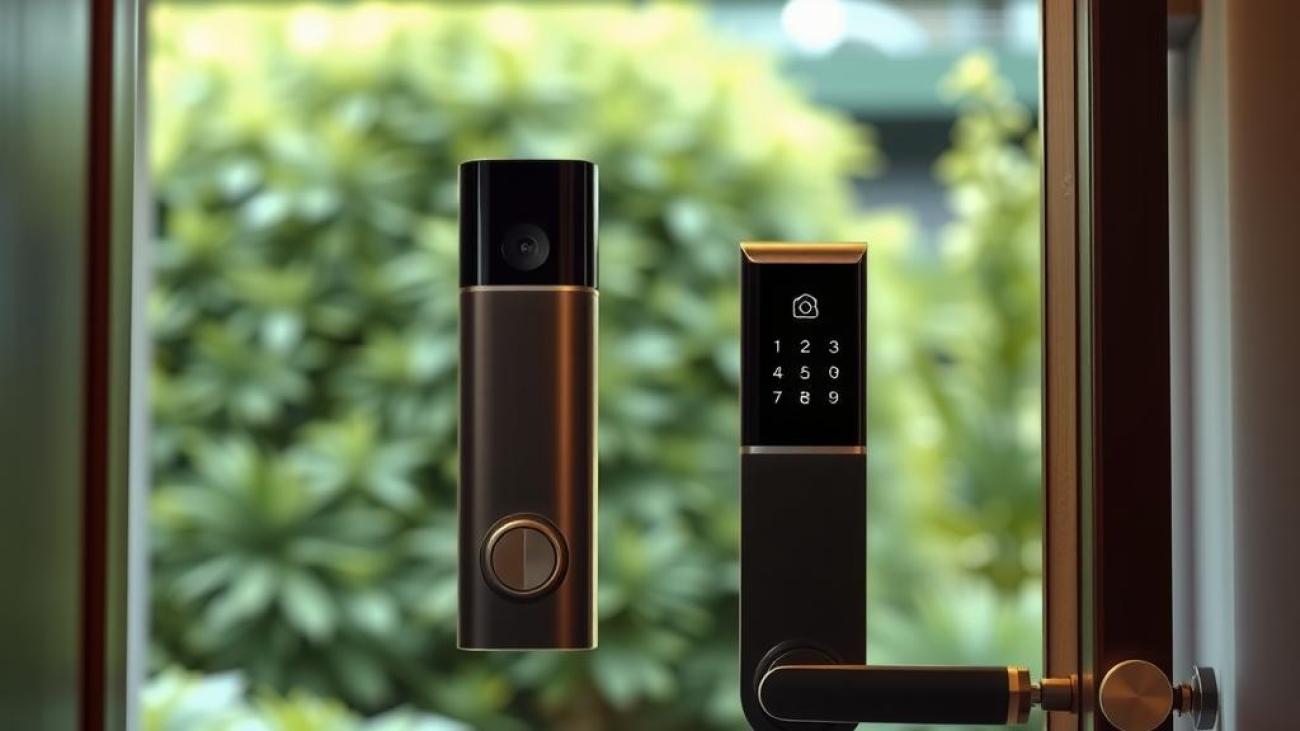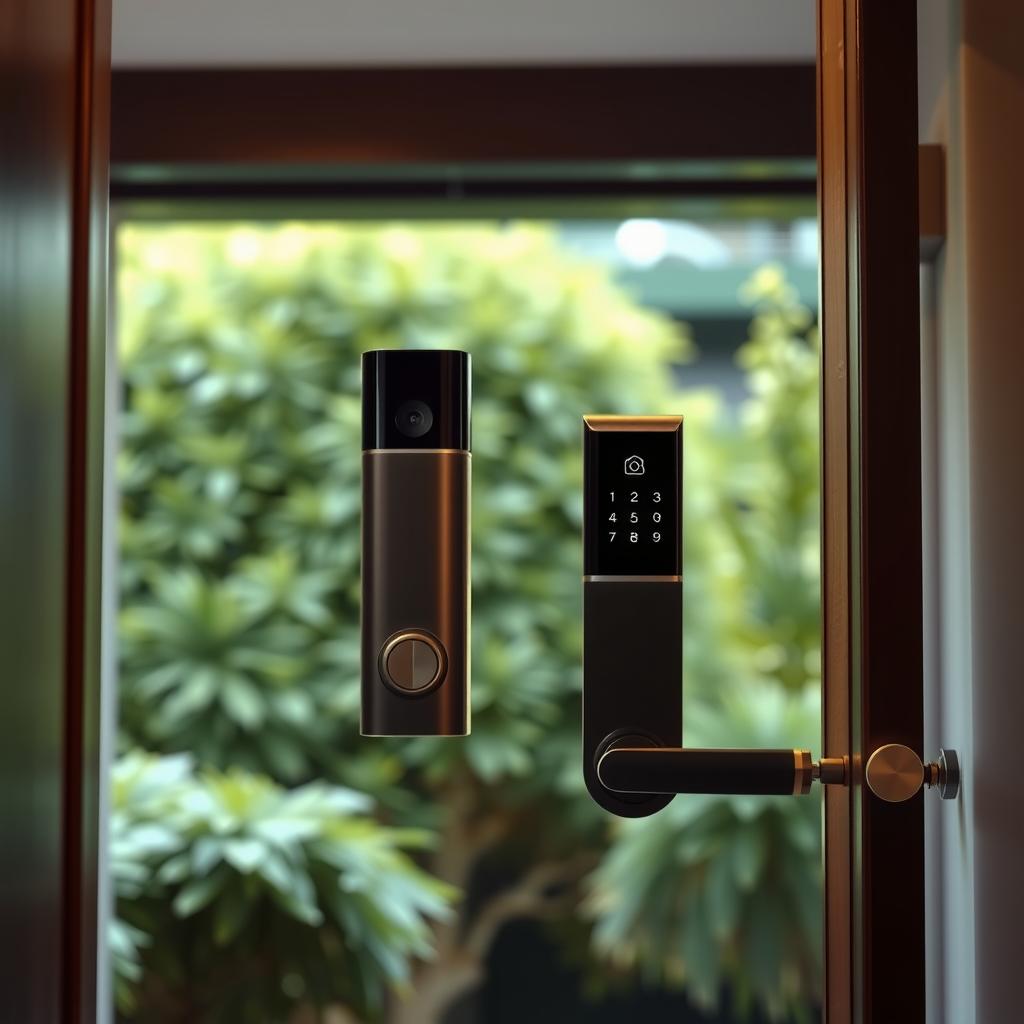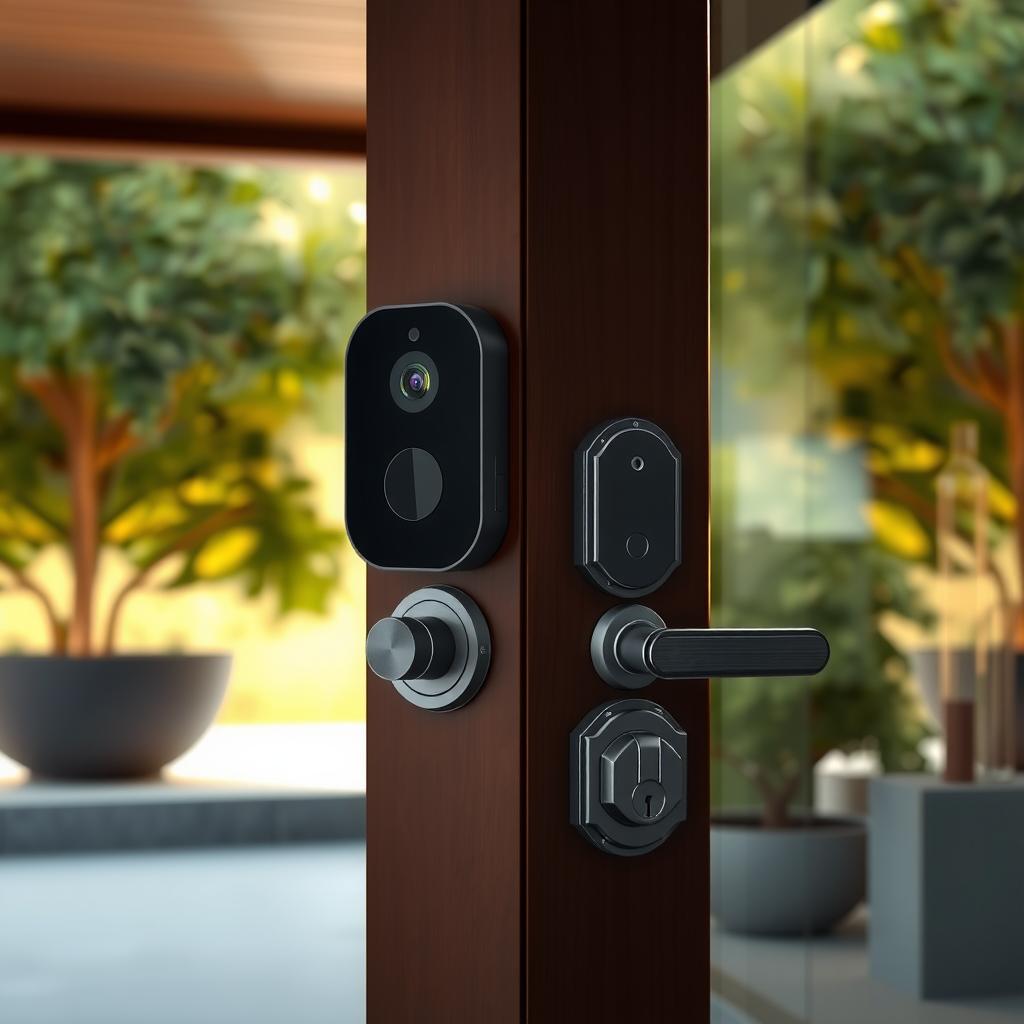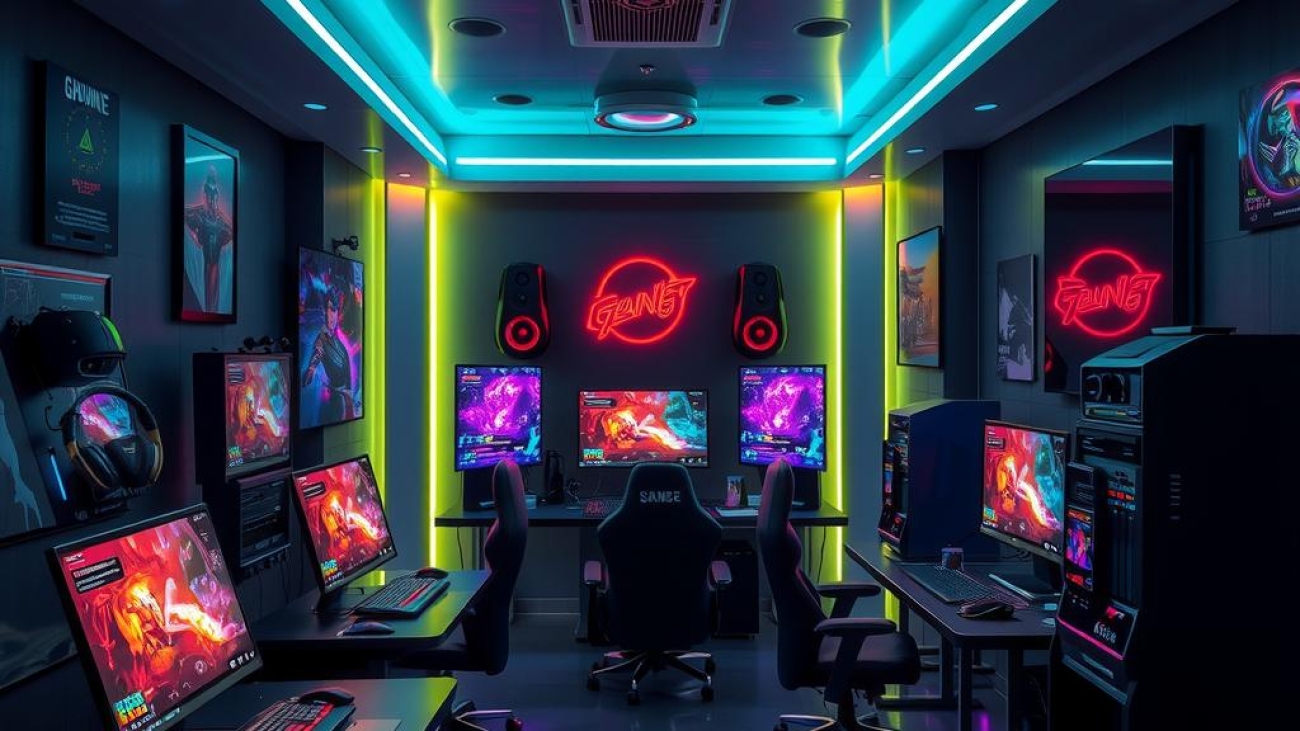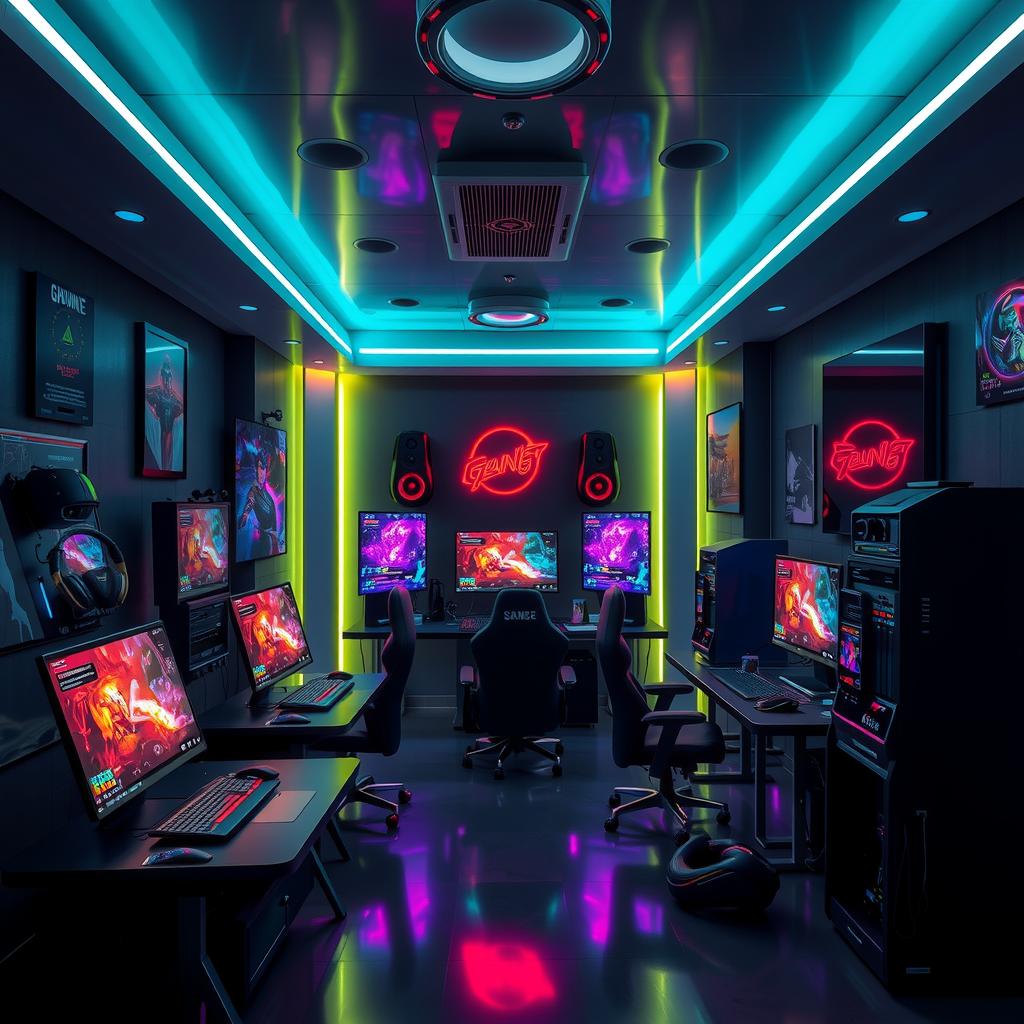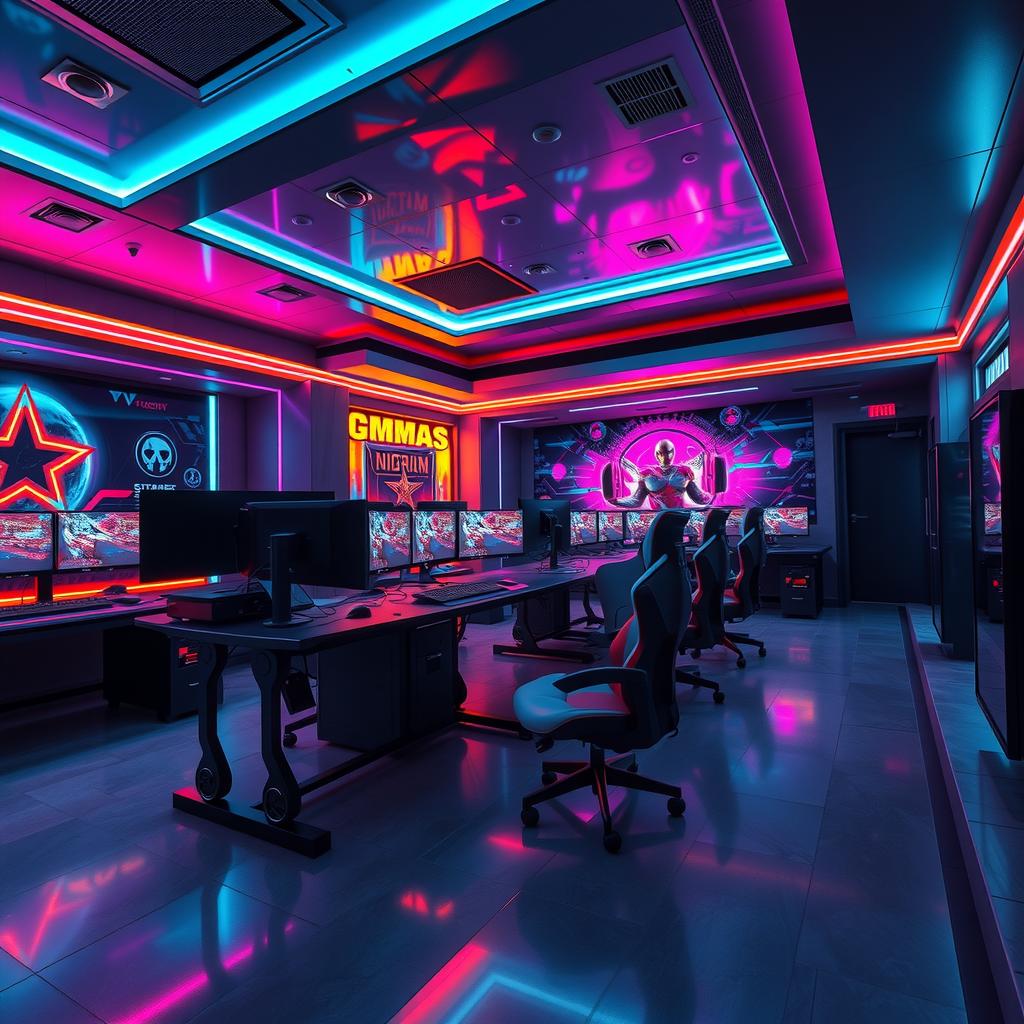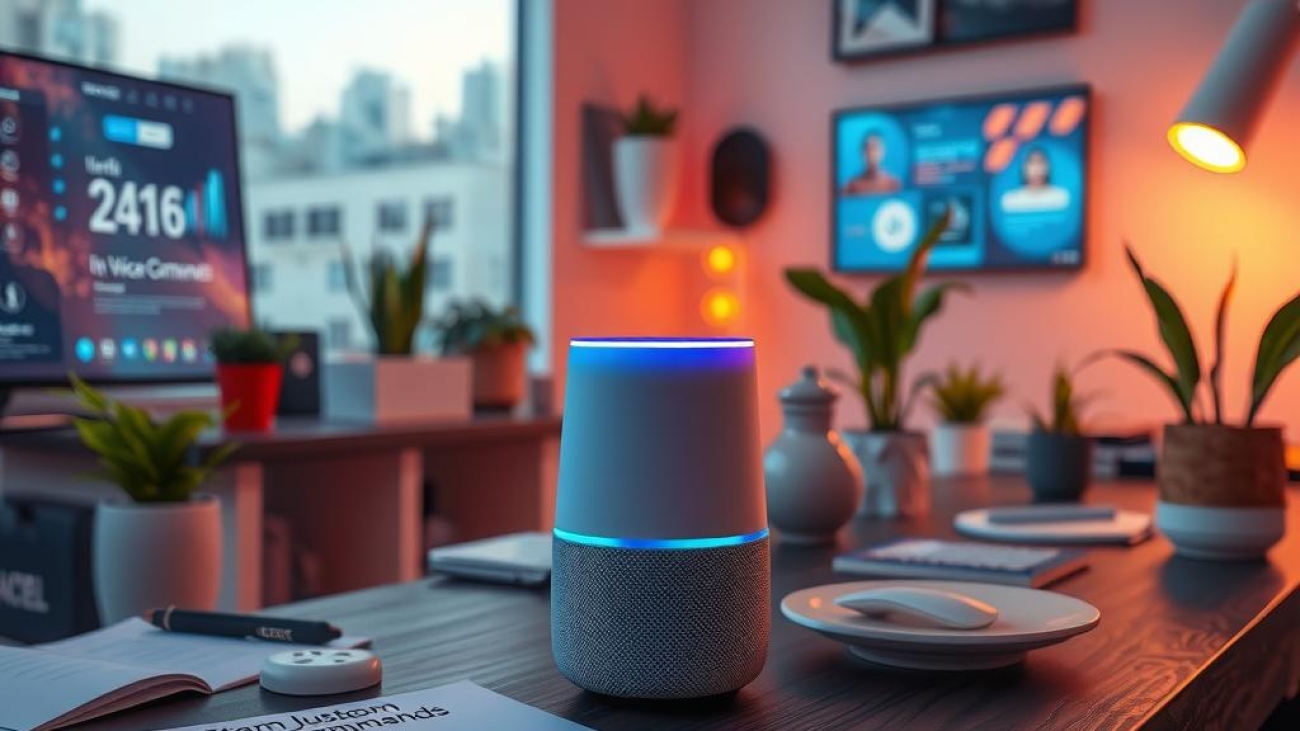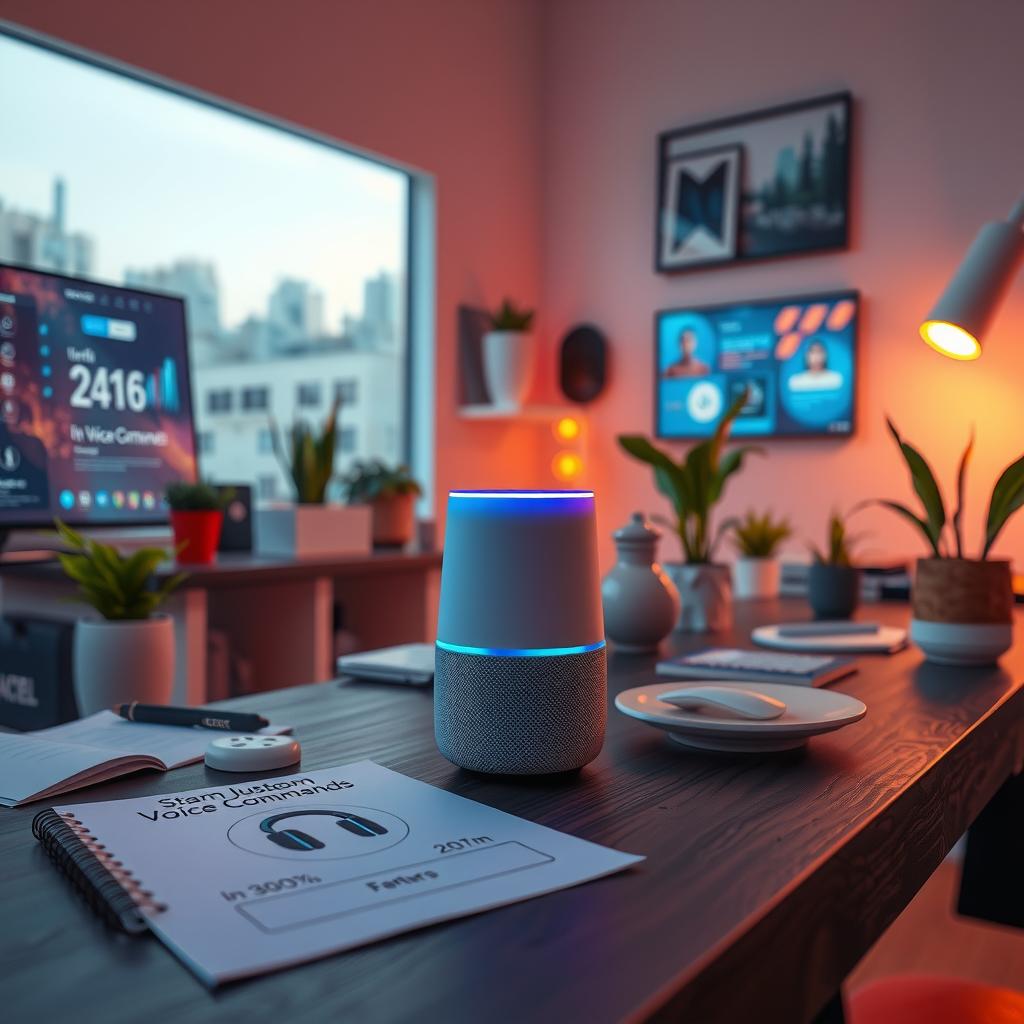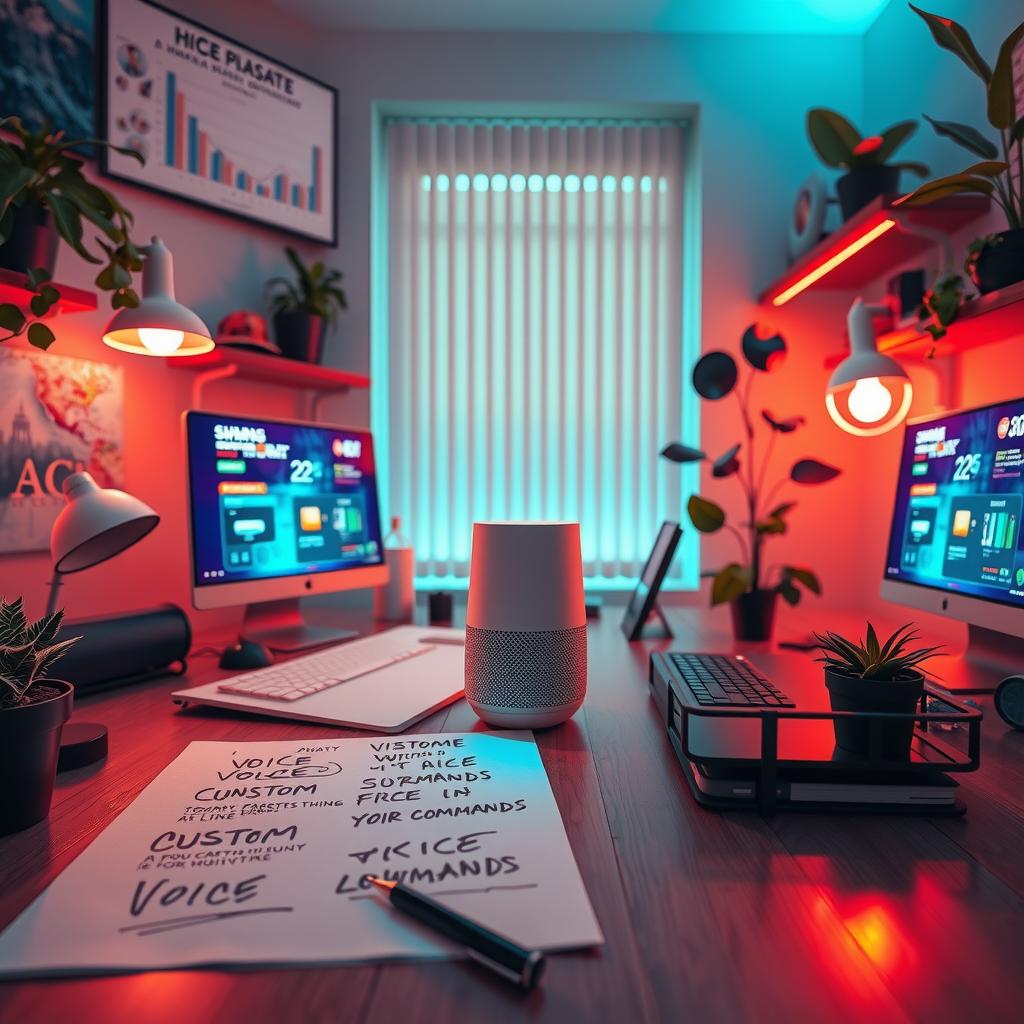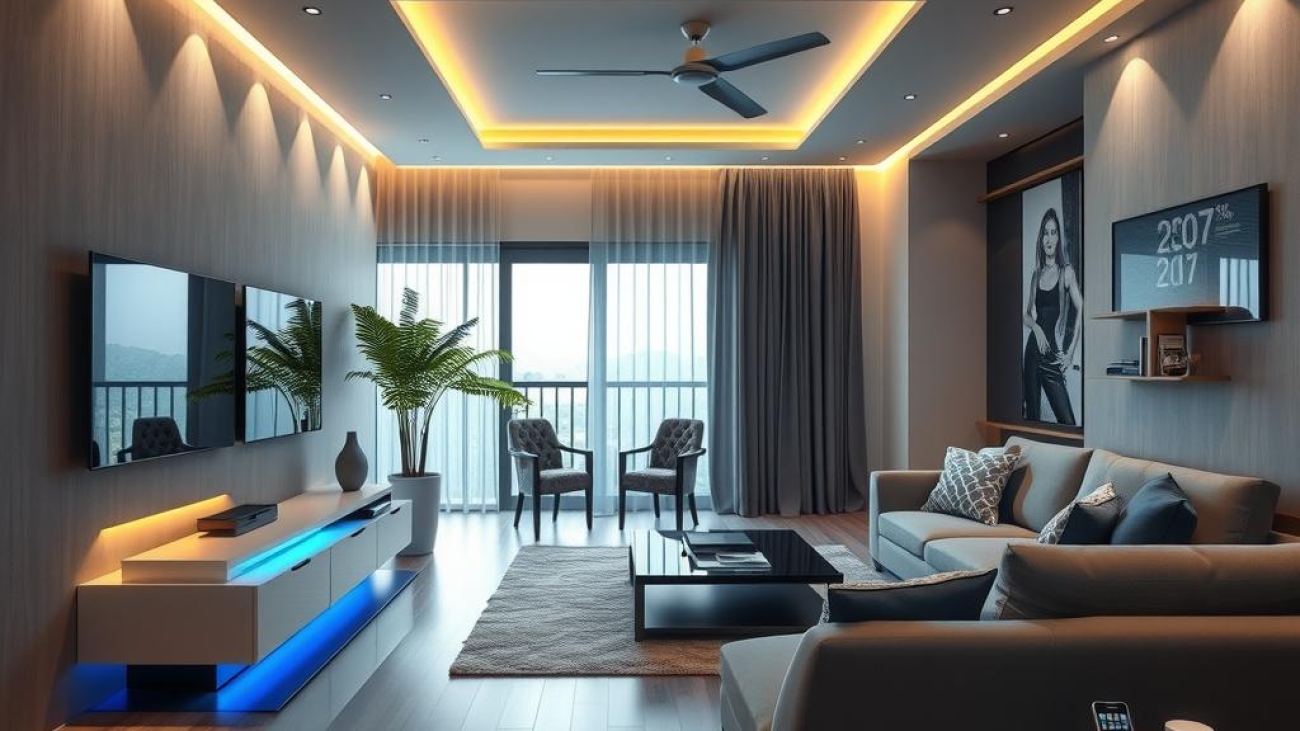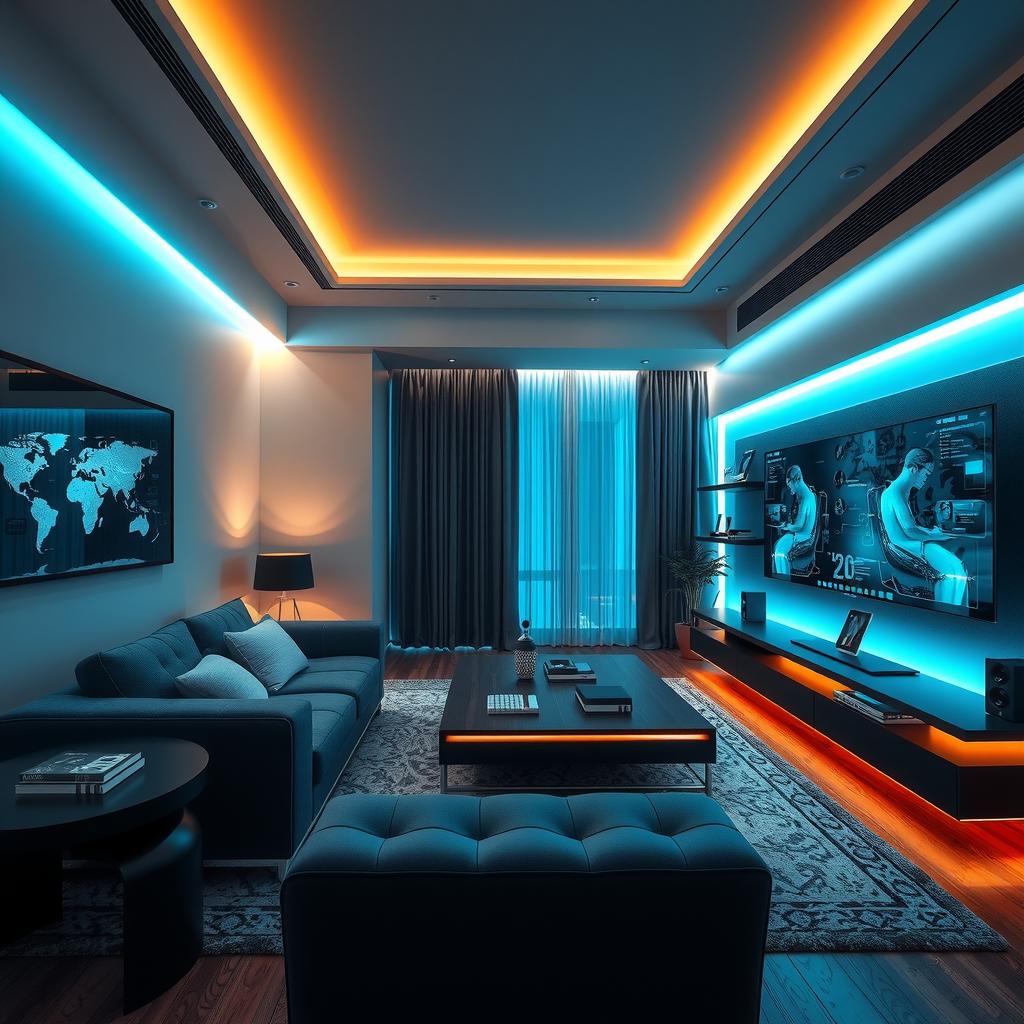In today’s fast-paced society, many individuals struggle with irregular sleep patterns and fatigue, often attributing these issues to busy schedules or stress. However, the root of the problem may lie deeper within our biology: the circadian rhythm. This internal clock governs not only when we feel awake or sleepy but also influences our overall health and well-being. As awareness grows around optimizing this biological clock, more people are seeking innovative solutions to enhance their sleep quality and daily energy levels. Enter Smart Lighting—a transformative technology designed to mimic natural light patterns throughout the day.
The concept of circadian rhythm optimization through artificial means is not merely a trend; it represents a significant shift in how we approach lighting in our homes and workplaces. By strategically using smart lighting, individuals can tailor their environments to support their natural rhythms rather than disrupt them. These advanced systems allow for precise control over light exposure at different times of day, promoting alertness during waking hours while fostering relaxation as bedtime approaches.
Research indicates that improper light exposure can lead to various health issues, including poor sleep quality and increased risk for chronic conditions such as obesity or depression. Therefore, understanding how smart lighting interacts with our biological clocks could unlock numerous health benefits—enhancing mood, boosting productivity during daylight hours, and ensuring restorative rest at night.
Moreover, embracing this technology doesn’t just cater to personal wellness; it also contributes significantly to energy efficiency in homes and businesses alike. With features that adjust brightness based on time of day or occupancy sensors that turn lights off when not needed, these systems exemplify sustainable living practices while supporting optimal circadian function.
As readers explore this article further, they will uncover practical insights into how implementing smart lighting strategies can revolutionize their approach to daily routines—from rising with the sun’s first rays simulated by warm-toned bulbs in the morning to winding down under soft hues in preparation for restful slumber at night. Ultimately, harnessing the power of smart illumination holds promise not only for improved sleep but also fosters a healthier lifestyle overall.
Join us as we delve deeper into strategies for effective circadian rhythm optimization using intelligent lighting solutions tailored specifically for individual needs!
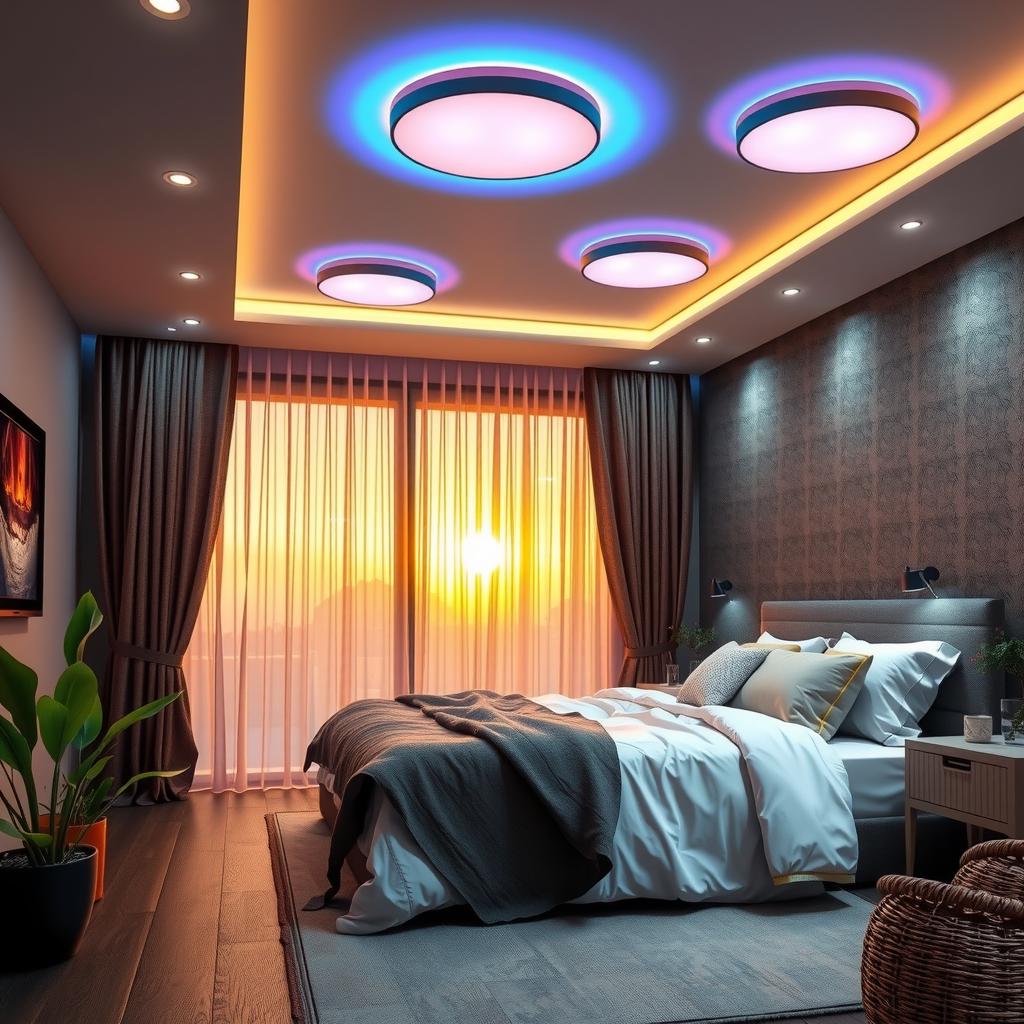
Key points:
-
Title of the key point: Understanding Circadian Rhythms
Circadian rhythms are essential for regulating sleep and wakefulness, significantly influencing overall well-being. In an era where modern lifestyle often disrupts these natural cycles, many individuals find it challenging to maintain optimal health. The introduction of Smart Lighting technology presents a promising solution by allowing users to mimic natural light patterns in their environments. By using this advanced lighting system, individuals can promote better alignment with their biological clock, ensuring improved sleep quality, enhanced alertness during the day, and a more balanced daily routine. -
Title of the key point: Benefits of Smart Lighting Solutions
Integrating Smart Lighting into one’s living or working space can yield numerous health benefits that contribute to overall well-being. Research has demonstrated that appropriate manipulation of light exposure through these systems leads to reduced stress levels and heightened productivity at home or work. By gradually transitioning from bright blue-enriched light in the morning—stimulating wakefulness—to softer hues in the evening—preparing one for restful slumber—a user effectively optimizes their circadian rhythm. This strategic use not only enhances personal comfort but also aligns closely with one’s intrinsic needs for healthy living. -
Title of the key point: Energy Efficiency and Well-Being
Alongside promoting wellness through optimized circadian rhythms, implementing Smart Lighting solutions contributes to energy efficiency as well. By reducing dependence on artificial overhead lights during peak daylight hours, users can create a sustainable environment while improving their own health outcomes. This innovative approach fosters healthier habits aligned with our innate biological requirements while also offering significant savings on energy bills over time. Embracing such technologies is not merely about enhancing illumination; it’s about creating spaces that support both physical health and environmental sustainability.

Understanding Circadian Rhythms: The Science Behind Your Internal Clock
The Intricate Dance of Light and Health
Circadian rhythms are innate biological processes that follow a roughly 24-hour cycle, influencing various physiological functions including sleep-wake patterns, hormone release, and even metabolism. These rhythms are primarily regulated by light exposure, which acts as a cue for the body’s internal clock—known as the suprachiasmatic nucleus (SCN)—to synchronize with environmental conditions. Disruptions to these natural cycles can lead to significant health challenges such as insomnia, mood disorders, and chronic fatigue. Enhanced awareness around circadian rhythm optimization is crucial for maintaining overall well-being. One innovative way to align daily routines with these rhythms is through the use of Smart Lighting systems that adjust in brightness and color temperature according to the time of day. For instance, cooler blue-toned lights during daytime can boost alertness and enhance productivity by mimicking natural daylight conditions; conversely, warmer tones in the evening can promote relaxation and prepare one’s body for restful sleep.
Light Exposure: A Key Player in Sleep Quality
The quality of sleep experienced each night is profoundly influenced by light exposure throughout the day. When individuals experience inadequate morning light or excessive artificial lighting at night—often caused by screens or poorly designed indoor lighting—their biological clocks may struggle to maintain optimal functioning. This disruption not only hampers sleep quality, but it also affects energy levels during waking hours. Implementing solutions like Smart Lighting allows individuals to create environments conducive to their circadian needs; users can program their lighting systems to gradually brighten in alignment with sunrise or dim softly before bedtime, thereby enhancing melatonin production naturally while reducing reliance on pharmacological aids for sleep aid.
Health Benefits Beyond Sleep Patterns
The implications of understanding circadian rhythms extend beyond just improving sleep quality; they encompass broader health benefits that affect physical performance and mental acuity as well. Studies indicate that proper synchronization between one’s lifestyle habits and their inherent circadian patterns leads not only to improved mood stability but also enhances metabolic function—thereby promoting better weight management strategies over time (Horne & Östberg). Incorporating adaptive technologies like Smart Lighting, which automatically adjusts based on user preferences or room occupancy patterns promotes more effective energy efficiency while fostering an environment tailored towards individual health goals. Thus, optimizing living spaces through intelligent design choices contributes significantly toward achieving holistic wellness.
Conclusion: Embracing Natural Rhythms Through Technology
As modern lifestyles often clash with our natural inclinations due largely from technological advancements disrupting traditional routines (e.g., late-night screen usage), embracing tools such as Smart Lighting becomes essential in mitigating adverse effects on our circadian biology—a key aspect often overlooked yet critical for long-term vitality! By recognizing how intertwined our daily schedules are with these fundamental rhythms—and utilizing technology wisely—we pave pathways toward healthier futures rooted firmly within nature’s own timeline.
The Role of Smart Lighting: Harnessing Technology for Healthier Living
Mimicking Nature to Enhance Well-Being
In today’s fast-paced world, the integration of Smart Lighting systems is revolutionizing how individuals interact with their environments. These innovative solutions are designed to mimic natural light cycles, which play a crucial role in regulating the body’s biological clock and supporting overall well-being. By optimizing light exposure throughout the day, smart lighting can significantly enhance sleep quality and improve energy levels. Research indicates that aligning artificial lighting with one’s circadian rhythm not only boosts productivity but also provides substantial health benefits by reducing fatigue and stress levels. Moreover, as these systems adjust automatically based on time of day or occupancy, they contribute to energy efficiency while ensuring that users experience optimal illumination tailored to their needs. With such profound impacts on daily life, embracing smart lighting technology becomes a vital step toward fostering healthier living spaces that nurture both mind and body.
Practical Strategies for Smart Lighting Integration
Transforming Spaces into Healthier Environments
Integrating Smart Lighting into daily routines can significantly enhance one’s living and working environments. These innovative lighting solutions allow individuals to tailor their light exposure, aligning it with their circadian rhythms. For instance, using smart bulbs that adjust color temperature throughout the day can promote better sleep quality by mimicking natural sunlight patterns. During the morning, cooler white lights stimulate wakefulness and energy, while warmer tones in the evening signal to the body that it’s time to unwind. This synchronization with one’s biological clock plays a crucial role in optimizing overall well-being.
Moreover, users can harness automation features of Smart Lighting systems to create schedules or scenarios that suit their lifestyle needs—be it bright lights for productivity during work hours or dim settings for relaxation post-work. The ability to control lighting remotely also contributes positively; whether at home or away, individuals have peace of mind knowing they can adjust their environment as needed. This capability not only improves convenience but also promotes energy efficiency by allowing users to turn off unnecessary lights when not present.
In addition, integrating smart lighting technology encourages mindfulness about light exposure throughout the day which is critical for maintaining an optimal biological clock. Research indicates that excessive blue light from screens late at night disrupts sleep cycles; hence utilizing smart bulbs programmed to reduce blue light emission during evening hours could be beneficial—a prime example of how Smart Lighting serves both practical and health-oriented purposes.
Creating a Balanced Light Environment
Enhancing Daily Routines Through Thoughtful Design
Thoughtfully designed spaces using Smart Lighting foster improved mental clarity and emotional balance within households and workplaces alike. By employing variable brightness levels according to specific activities—such as bright-focused task lighting during reading or soft ambient illumination during meals—users are empowered to optimize their environments effectively around personal needs and preferences.
The health benefits associated with appropriate light exposure cannot be overstated: consistent use of well-implemented smart lighting has been linked with reduced instances of anxiety and depression due primarily to its positive impact on mood regulation through adequate brightness adjustments throughout various times of the day. Moreover, studies suggest that individuals who maintain regular exposure patterns experience heightened alertness during waking hours while improving overall sleep hygiene when transitioning into nighttime relaxation modes facilitated by these intelligent systems.
Furthermore, modern advancements in technology now allow integration between devices such as smartphones or voice assistants with existing frameworks like Google Home or Amazon Alexa—which simplifies user interaction drastically while enhancing accessibility across different demographics including those less familiar with technological interfaces yet still seeking improvements in residential comfort levels via smart lighting.
In summary, each component within this interconnected system works synergistically toward achieving sustainable living conditions aligned closely with individual lifestyles—all while championing significant reductions in energy costs through efficient operational practices established by strategic implementation techniques inherent within any comprehensive plan focused on adopting smart technologies like Smart Lighting.
Enhance Your Well-Being: Optimize Circadian Rhythms with Smart Lighting Solutions
In today’s fast-paced world, many individuals find their circadian rhythms disrupted by modern life. This internal clock plays a crucial role in regulating sleep and wakefulness, significantly impacting overall well-being. With the introduction of smart lighting technology, users now have an innovative tool at their disposal to optimize their biological clock through tailored light exposure. By leveraging smart lighting, individuals can create environments that not only promote healthier sleep patterns but also enhance daytime alertness.
The functionality of smart lighting allows for seamless transitions between various light temperatures throughout the day, effectively mimicking natural sunlight cycles that our bodies crave. In the morning, bright blue-enriched light can stimulate wakefulness and boost energy levels—essential for starting the day on a positive note. As evening approaches, users can adjust their smart lighting to emit softer hues that prepare them for restful slumber. This strategic manipulation of light exposure is instrumental in aligning one’s circadian rhythm, ultimately enhancing sleep quality and promoting better health.
Moreover, research supports the notion that adjusting environmental factors such as light exposure through smart lighting solutions yields numerous health benefits beyond improved sleep hygiene. Individuals report reduced stress levels and enhanced productivity when using this technology both at home and work. As society grows more aware of how environmental elements influence mental and physical health, integrating advanced technologies like smart lighting becomes increasingly essential for those striving to achieve a balanced lifestyle aligned with their innate biological needs.
By exploring practical strategies to implement smart lighting within personal spaces, readers are empowered to take charge of optimizing their circadian rhythms effectively. Each adjustment made with these intelligent systems not only enhances brightness but also fosters overall well-being—a promising frontier where conscious choices illuminate pathways toward healthier habits.
FAQs:
Q: How does smart lighting affect my circadian rhythm?
A: Smart lighting helps regulate your circadian rhythm by simulating natural sunlight cycles; it provides bright blue-enriched light during mornings to increase alertness while transitioning to softer tones in the evening for better sleep preparation.
Q: Can using smart lighting improve my sleep quality?
A: Yes! By optimizing your environment’s light exposure throughout different times of the day using smart lighting solutions, you can enhance your sleep quality by aligning more closely with your body’s natural biological clock.
Q: What are some other benefits of smart lighting besides improving circadian rhythms?
A: Apart from enhancing circadian rhythms and improving sleep quality, smart lighting has been shown to reduce stress levels and increase productivity at work or home due to its adaptability in creating optimal working or relaxation conditions.






